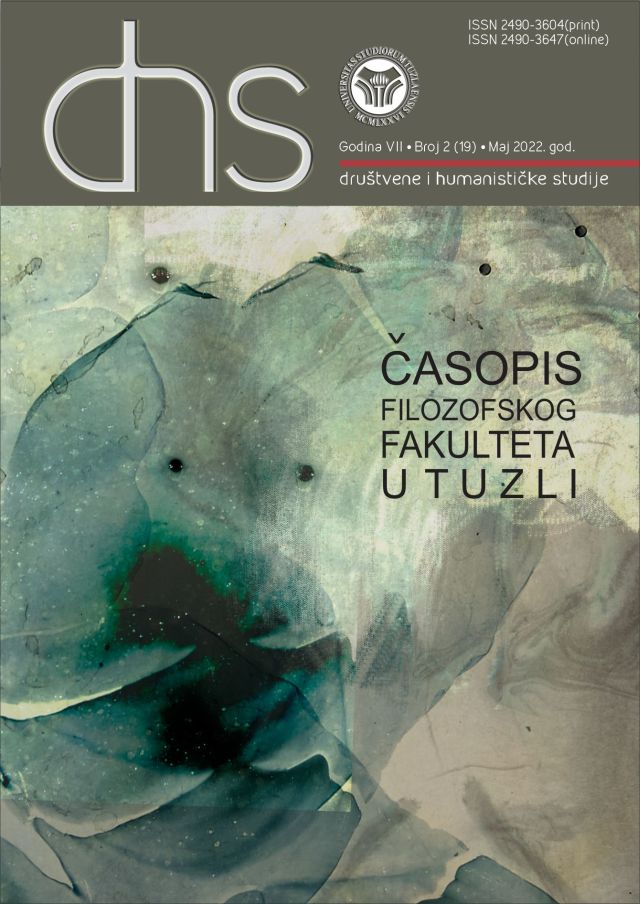Eine praxisorientierte Interventionsstudie zur Verwendung von Konjunktionaladverbien
A practice-oriented intervention study on the use of conjunctional adverbs
Author(s): Verena Gruber, Mirjana Matea KovačSubject(s): Language studies, Language and Literature Studies, Education, Foreign languages learning, Applied Linguistics
Published by: Filozofski fakultet Univerziteta u Tuzli
Keywords: conjunctional adverbs; cohesion; coherence; speech fluency; formal instruction; perceived fluency;
Summary/Abstract: Conjunctional adverbs and formulaic expressions are the fundamental mechanisms in the development of fluent speech, providing coherence and cohesion within discourse, but also contributing to perceived fluency or the listener's impression of native-like speech. Research has emphasized the exceptional importance of explicitly teaching those lexical units that directly affect the development of speech fluency since they are very important in all phases during the process of speech production. The present study aims to expand the existing knowledge by providing insight into how formal teaching instruction can contribute to the automatization of different conjunctional adverbs to achieve coherence and contribute to perceived fluency. A group of eight students of German studies at the Faculty of Philosophy of Humanities and Social Sciences in Split recorded a spontaneous dialogue based on three given topics twice, before and after the intervention. The intervention included different speech tasks with the implementation of a variety of native like conjunctional adverbs (eg, in addition, moreover, in addition, in addition, therefore, namely, because of that, etc.). The results of the study have mostly shown that learners tend to employ an unsatisfactory repertoire of a variety of lexical units with a narrower range of different functions. In other words, an extreme overuse of the discourse markers and and also was recorded in the first dialogue. The analysis of the second recording after the intervention displayed no changes. moreover, moreover, in addition to, therefore, namely, because of, etc.). The results of the study have mostly shown that learners tend to employ an unsatisfactory repertoire of a variety of lexical units with a narrower range of different functions. In other words, an extreme overuse of the discourse markers and and also was recorded in the first dialogue. The analysis of the second recording after the intervention displayed no changes. moreover, moreover, in addition to, therefore, namely, because of, etc.). The results of the study have mostly shown that learners tend to employ an unsatisfactory repertoire of a variety of lexical units with a narrower range of different functions. In other words, an extreme overuse of the discourse markers and and also was recorded in the first dialogue. The analysis of the second recording after the intervention displayed no changes.
Journal: DHS-Društvene i humanističke studije: časopis Filozofskog fakulteta u Tuzli
- Issue Year: XIX/2022
- Issue No: 19
- Page Range: 671-690
- Page Count: 20
- Language: German

